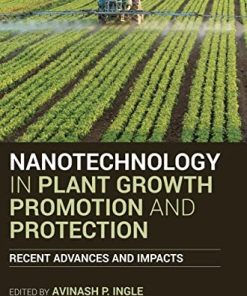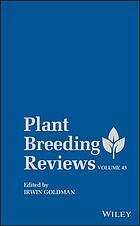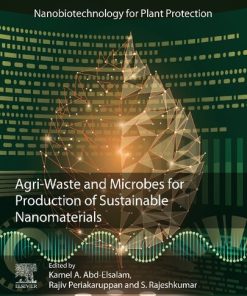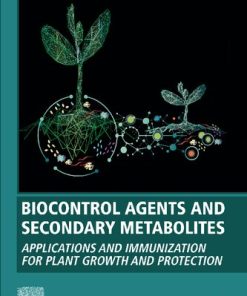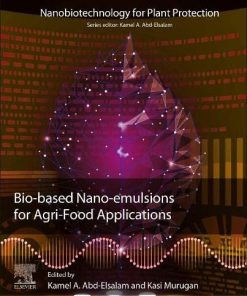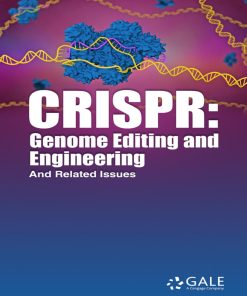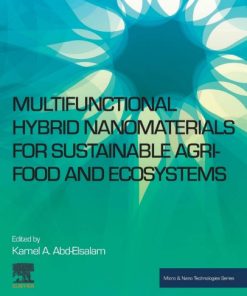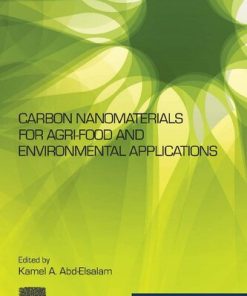CRISPR and RNAi Systems: Nanobiotechnology Approaches to Plant Breeding and Protection Kamel Ki-Taek 0128219114 9780128219119
$50.00 Original price was: $50.00.$25.00Current price is: $25.00.
This completed downloadable of CRISPR and RNAi Systems: Nanobiotechnology Approaches to Plant Breeding and Protection Kamel A Abd-Elsalam & Ki-Taek Lim
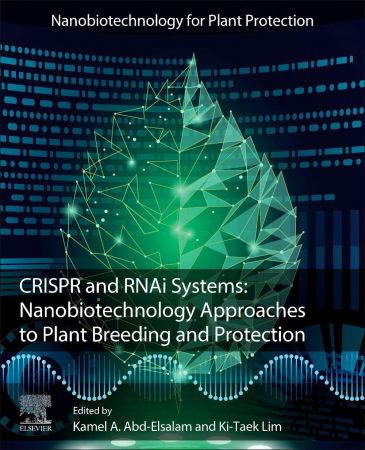
Instant downloaded CRISPR and RNAi Systems: Nanobiotechnology Approaches to Plant Breeding and Protection Kamel A Abd-Elsalam & Ki-Taek Lim pdf docx epub after payment.
Product details:
- ISBN-10: 0128219114
- ISBN-13: 9780128219119
- Author: Elsevier
Plants are vulnerable to pathogens including fungi, bacteria, and viruses, which cause critical problems and deficits. Crop protection by plant breeding delivers a promising solution with no obvious effect on human health or the local ecosystem. Crop improvement has been the most powerful approach for producing unique crop cultivars since domestication occurred, making possible the main innovations in feeding the globe and community development. Genome editing is one of the genetic devices that can be implemented, and disease resistance is frequently cited as the most encouraging application of CRISPR/Cas9 technology in agriculture. Nanobiotechnology has harnessed the power of genome editing to develop agricultural crops. Nanosized DNA or RNA nanotechnology approaches could contribute to raising the stability and performance of CRISPR guide RNAs. This book brings together the latest research in these areas.
Table of contents:
Chapter 1. Can CRISPRized crops save the global food supply?
Chapter 2. Targeted genome engineering for insects control
Chapter 3. CRISPR/Cas9 regulations in plant science
Chapter 4. Are CRISPR/Cas9 and RNA interference-based new technologies to relocate crop
Chapter 5. CRISPR-Cas epigenome editing: improving crop resistance to pathogens
Chapter 6. CRISPR/Cas system for the development of disease resistance in horticulture crops
Chapter 7. CRISPR and RNAi technology for crop improvements in the developing countries
Chapter 8. RNA interference and CRISPR/Cas9 applications for virus resistance
Chapter 9. Current trends and recent progress of genetic engineering in genus Phytophthora using
Chapter 10. CRISPR/Cas9 and Cas13a systems: a promising tool for plant breeding and plant defence
Chapter 11. CRISPR/Cas techniques: a new method for RNA interference in cereals
Chapter 12. Genetic transformation methods and advancement of CRISPR/Cas9 technology in wheat
Chapter 13. Application of CRISPR/Cas system for genome editing in cotton
Chapter 14. Resistant starch: biosynthesis, regulatory pathways, and engineering via CRISPR system
Chapter 15. Role of CRISPR/Cas system in altering phenolic and carotenoid biosynthesis in plants defense activation
Chapter 16. Fungal genome editing using CRISPR-Cas nucleases: a new tool for the management of
Chapter 17. CRISPR–Cas systems as antimicrobial agents for agri-food pathogens
Chapter 18. CRISPR interference system: a potential strategy to inhibit pathogenic biofilm in the agri-
Chapter 19. Patenting dynamics in CRISPR gene editing technologies
Chapter 20. Tricks and trends in CRISPR/Cas9-based genome editing and use of bioinformatics tools for improving on-target efficiency
Chapter 21. RNA interference and CRISPR/Cas9 techniques for controlling mycotoxins
Abstract
Chapter 22. Role of small RNA and RNAi technology toward improvement of abiotic stress tolerance in
Chapter 23. RNAi-based system a new tool for insects’ control
Chapter 24. RNAi strategy for management of phytopathogenic fungi
Chapter 25. CRISPR applications in plant bacteriology: today and future perspectives
Chapter 26. RNAi-based gene silencing in plant-parasitic nematodes: a road toward crop improvements
Chapter 27. RNA interference-mediated viral disease resistance in crop plants
Chapter 28. Phytoalexin biosynthesis through RNA interference for disease resistance in plants
Chapter 29. Polymer and lipid-based nanoparticles to deliver RNAi and CRISPR systems
Chapter 30. Inorganic smart nanoparticles: a new tool to deliver CRISPR systems into plant cells
Chapter 31. Regulatory aspects, risk assessment, and toxicity associated with RNAi and CRISPR
Chapter 32. Gene editing in filamentous fungi and oomycetes using CRISPR-Cas technology
Chapter 33. CRISPR–Cas technology towards improvement of abiotic stress tolerance in plants
Chapter 34. Databases and bioinformatics tools for genome engine
People also search:
nanotechnology approaches for global infectious diseases
nanotechnology approaches in chronic wound healing
promising nanotechnology approaches
nanotechnology based approaches for tuberculosis treatment
approaches to safe nanotechnology
You may also like…
Engineering - Environmental
Nanotechnology in Plant Growth Promotion and Protection 1st Edition
Science (General) - Science of Science
Biology and other natural sciences - Plants: Agriculture and Forestry
Plant breeding reviews: Volume 43 1st Edition Irwin Goldman (Editor)
Uncategorized
Technique - Nanotechnology
Bio-Based Nanoemulsions for Agri-Food Applications 1st Edition Kamel A. Abd-Elsalam
Biology and other natural sciences - Molecular
Engineering
Multifunctional Hybrid Nanomaterials for Sustainable Agri-food and Ecosystems 1st Edition




